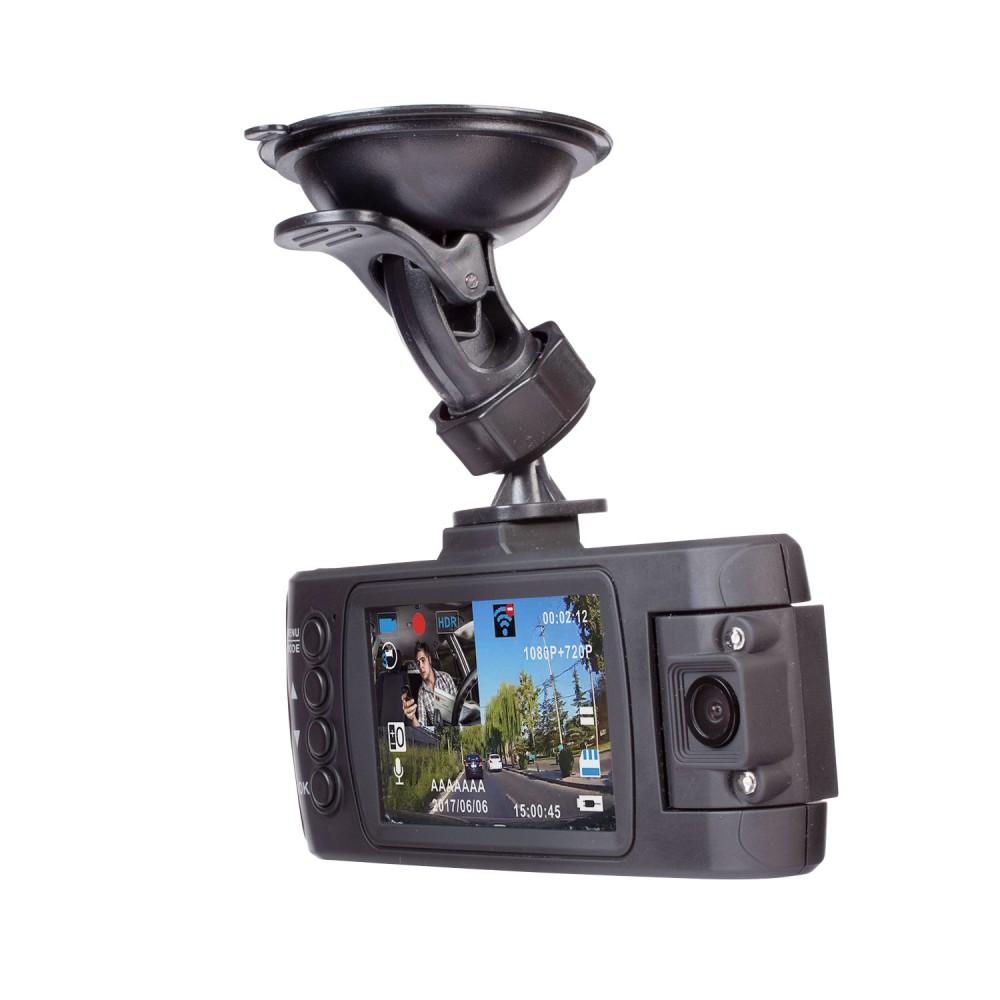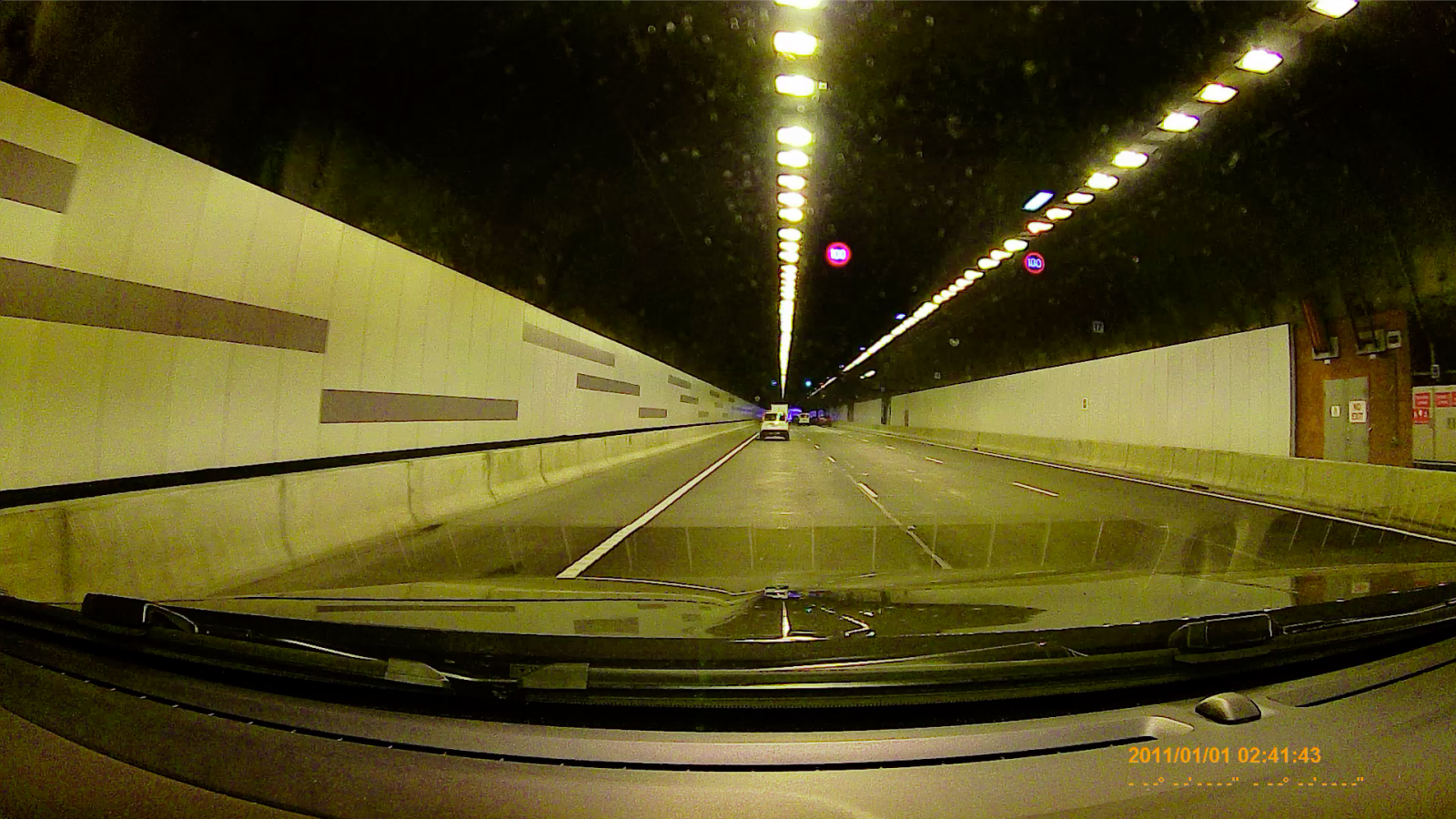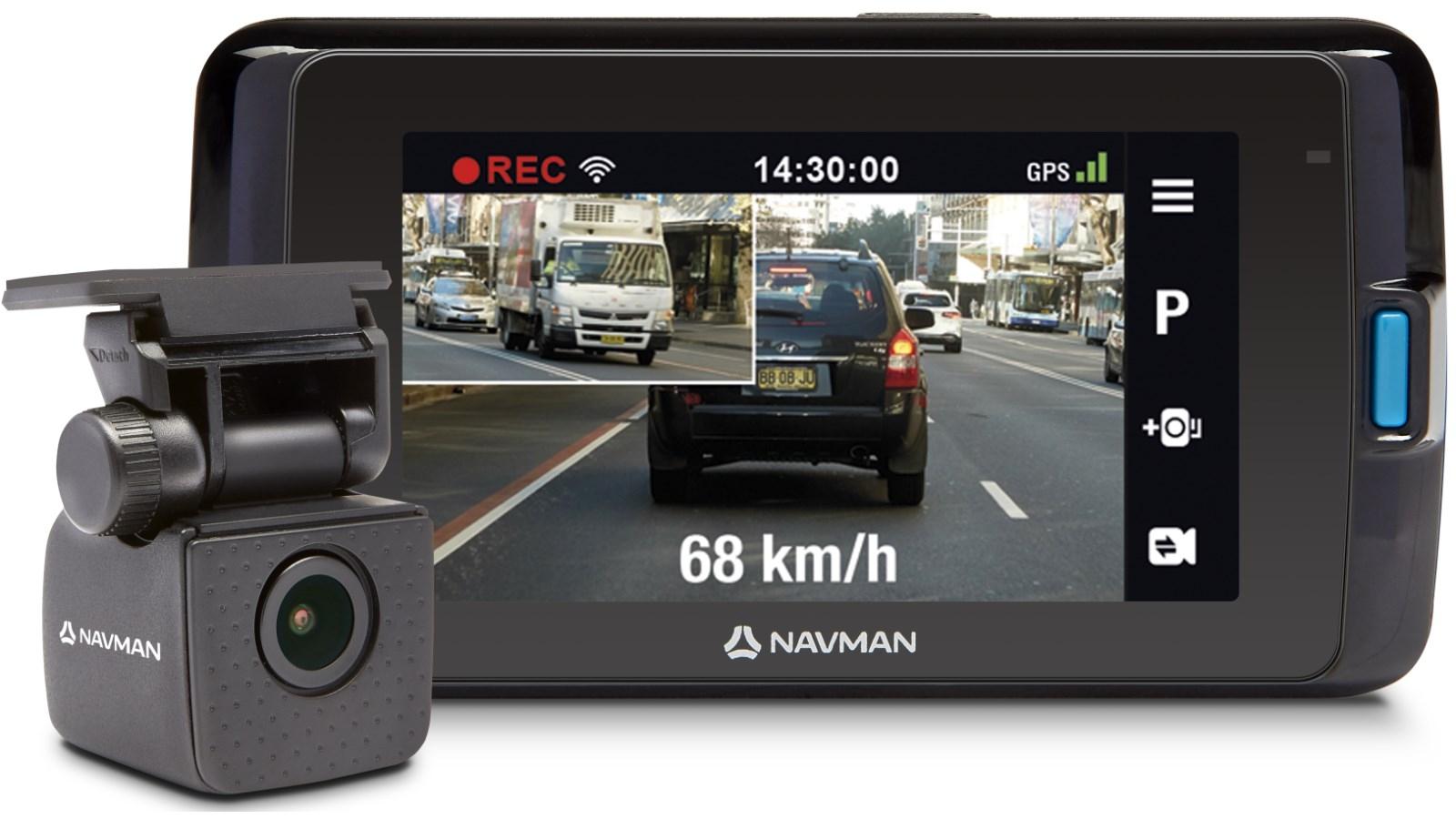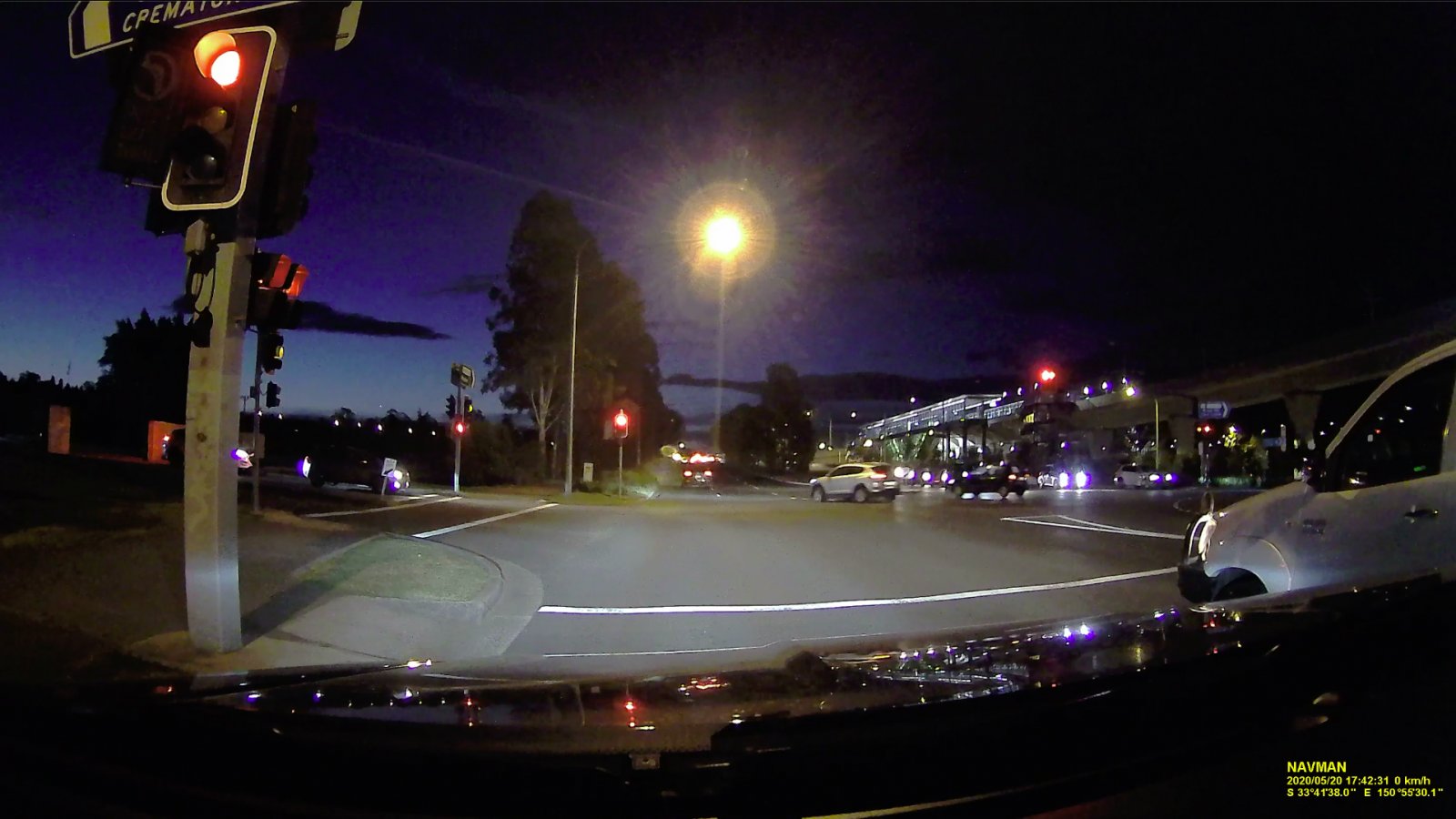DASHCAMS: WHY BOTHER, AND WHICH IS RIGHT FOR ME?
DASHCAMS: WHY BOTHER, AND WHICH IS RIGHT FOR ME?
Monitoring the road ahead is our job, but proving what we saw requires the help of a dashcam. We put three portable options to the test.
A dashcam can be the third witness when it’s your word against someone else.
It’s an indisputable record of what occurred, which makes it invaluable in the murky world of insurance claims.
You won’t need to look far to see how widely dashcams are currently used – some new carmakers are building the into their vehicles.
Dashcams come in two varieties: fixed and portable. A fixed system is generally professionally installed, and doesn’t get removed from the car.
A portable system is treated the same way as old-fashioned navigation units. They’re moved from car-to-car, perfect for road trips, offer flexibility, and are generally more affordable.
Given we can now travel again, we put three carefully-chosen portable dashcams to the test to see which is best.
Don’t miss the video footage comparison at the bottom of the story
Navig8r Crash Cam Dual-View
This dashcam has two cameras in the one unit. It records in full high-definition (1080P) with the front camera and has a second camera that can be rotated to face the driver or passengers and record in high-definition (720P).
A 2.7-inch screen makes positioning and controlling the dashcam simple, and recording starts when the car is started. Bump detection is built in, \meaning it will record if someone reverses their into you while parked.
The driver/passenger facing camera is especially handy if you’re transporting passengers such – think Uber or taxi – and need to record anything that could occur in the car. It could also be used as a defence if you’re accused of using your mobile phone while driving and you can produce evidence you weren’t.
If you position it high enough, it might also catch a glimpse of what is happening through your rear window – but won’t be as good as a separate boot-mounted camera. The Crash Cam has a separate (included in the box) module for providing GPS coordinates to the dashcam.
This is unfortunate, as most options today have GPS location tracking built in. When we looked at the footage of this camera it did a reasonable job during the day, but struggled at night.
The low price point still makes it attractive to many who might use this on a casual basis.
RRP: $179.95
Navman Mivue 840 Dual Camera
A brand that is well known for its satellite navigation systems, Navman produces a large range of dashcams.
The Mivue 840 has a separate second camera for recording rear end incidents. The rear camera is usually fitted near the boot handle and wired to the front unit for power and recording.
The main camera uses a WQHD lens (1600P) and a full high-definition (1080P) lens in the rear. The unit packs features well beyond simply recording what occurs on the road.
GPS is built in and will track and tag your video’s location automatically, and Wi-Fi is on board to automatically send recordings to your smartphone or allow you to view videos from your phone for easy sharing.
The dashcam uses GPS to inform you about upcoming fixed speed and red light cameras, and has Advanced Driver Assistance Systems (ADAS) to help prevent forward collisions or lane departure.
These alerts are displayed on the 2.7-inch display and audible so you can focus on the road.
In our experience we were impressed with how it handled daylight and rapid adjustment in light and dark zones, such as driving through a tunnel.
We were hoping for better night performance, with bright lights blowing out the image more than expected.
With the rear camera requiring some fitment we excluded it from the test. It would be excellent to see dashcam makers use the 12V port often featured in the boot of modern cars so the rear camera could operate independently.
RRP: $399
Uniden iGO Cam 85R
Uniden has cameras in products ranging from baby monitors to security cameras. Its dashcam range is extensive –the premium 85R is what we put to the test.
Slightly smaller than the previous two models tested, the Uniden features a 4K (2160P) camera on the front and a full high-definition (1080P) on the rear unit.
Similar to the Navman, the rear camera needs to be installed with the cabling run through the cabin for connection.
Where the Navig8r and Navman use suction to adhere to the windscreen, the Uniden uses 3M adhesive which is strong enough to swing from. Fortunately there are two mounts included so you can move the camera to another car easily, but the mount will likely stay with your car for life.
The Uniden has a 2.4-inch display on its back which can also display speed and red light camera warnings, along with your current GPS speed.
GPS and Wi-Fi connectivity is also included, aligning it closely with the Navman on features. The 4K resolution on the front camera is a burden on the storage card due to the larger file sizes, and playback on your computer can be difficult.
However, the footage captured was the most true to life and could ‘see’ things that the other cameras didn’t. It’s this detail which could help your case, such as identifying number plates.
At night, the dashcam could handle bright lights from oncoming cars and still produced a high level of detail when lighting wasn’t available.
RRP: $349
Footage
We think the footage speaks for itself, and the freeze frames from the video give a good representation of the detail.
A dashcam is like an insurance policy, and you don’t know how good the footage is until you need to need it.
When it comes to a portable dashcam it’s hard to ignore the Uniden model for its quality, while the Navman offers more road safety notifications and alerts.
The Navig8r unit is unique with its dual-camera configuration in the one unit, and will surely be a staple for Uber and taxi drivers. Until all vehicles have a dashcam built-in, these are some options to get us by.

 Australian Dollars
Australian Dollars





